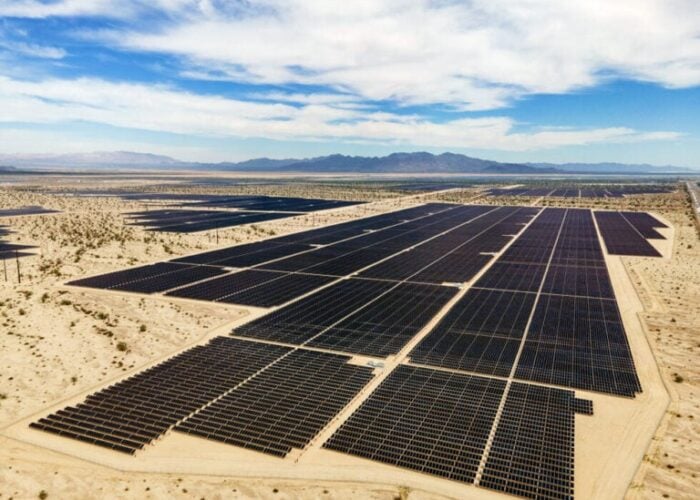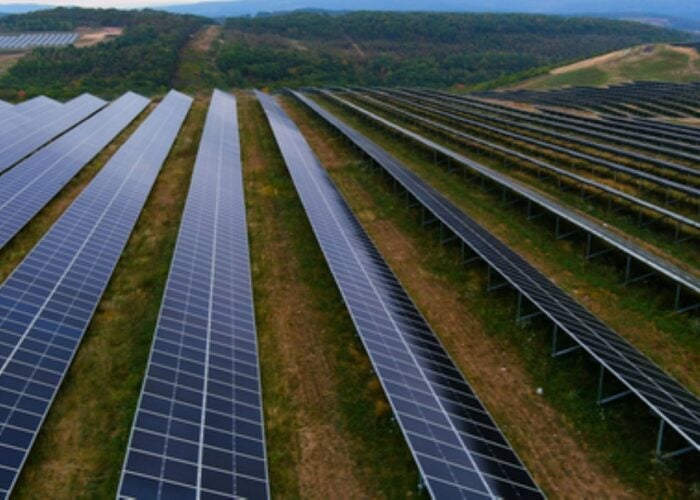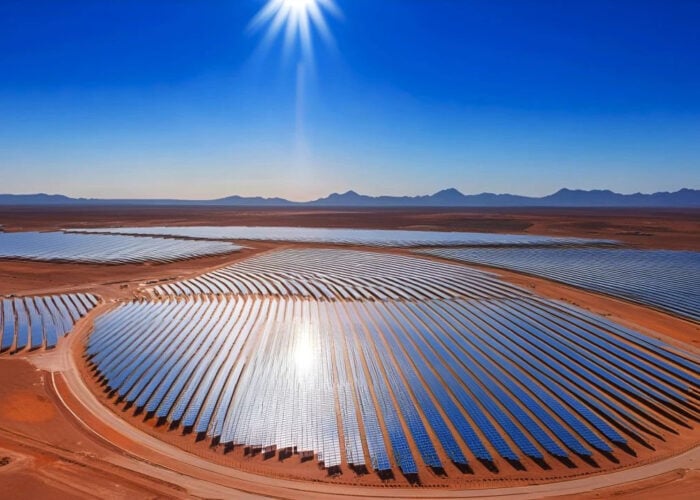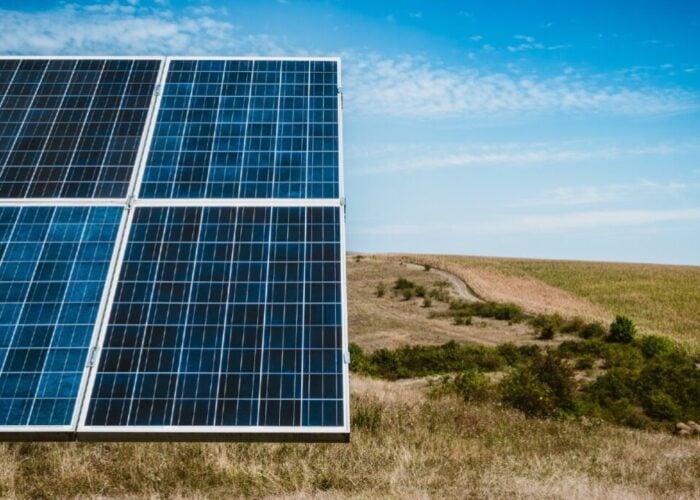
Renewable electricity generation has grown more than twice as fast as total global electricity generation since 2012, according to the International Renewable Energy Agency (IRENA).
Renewables – led by solar PV and wind generation – have grown by an average of 5.9% annually over the period, while total electricity generation has increased by around 2.5% per year.
Try Premium for just $1
- Full premium access for the first month at only $1
- Converts to an annual rate after 30 days unless cancelled
- Cancel anytime during the trial period
Premium Benefits
- Expert industry analysis and interviews
- Digital access to PV Tech Power journal
- Exclusive event discounts
Or get the full Premium subscription right away
Or continue reading this article for free
IRENA’s Renewable Energy Statistics report for 2025 says that 4.4TW of electricity capacity (including renewable hydro) from renewables was online as of 2024, 1.07TW of which was installed since 2022. Variable renewables (solar and wind, predominantly) have grown from 1.1% of the global energy mix in 2000 to 44% in 2023, the report says.
This rapid growth of solar PV, in particular, reached new heights in 2024. IRENA said the technology accounted for three-quarters of renewable energy capacity additions last year – 451.9GW, more than half of which was added in China.
In 2024, solar and wind reached 67.5% of total renewable energy capacity, which IRENA said shows “a shift towards these more intermittent energy sources.” Industry commentators have forecast that the solar industry is on the cusp of a “terawatt” era, where annual installations will begin to reach the 1,000GW mark.
IRENA’s statistics over the last decade perhaps speak to the long-term potential and positive trajectory for renewables, in spite of challenges that have made headlines over the last year.
The US government’s anti-renewables swing has brought alarm into the US market and, by virtue of its size, introduced uncertainty elsewhere. Geopolitical tensions, conflict and economic issues have also reared their heads as roadblocks to the energy transition. An October report from Norwegian consultancy DNV said that economic shocks, political shifts and global conflict could be real headwinds towards meeting climate targets and a global energy transition.
Nonetheless, the long-term trend from IRENA’s report shows remarkable growth in renewable energy sources, which will likely see renewables produce a majority of global electricity in a few years.
2030 targets
The COP28 target to triple global renewable energy capacity is still out of reach with current deployment and investment levels, IRENA said.
Despite a 15.1% annual growth rate for renewable energy installations in 2024, the world needs to reach a 16.1% average rate for the rest of the decade to meet the 6.73TW of new capacity the target requires. The current rate would fall 0.9TW short of the goal.
In October 2024, IRENA forecast that solar was the only renewable energy technology on track to meet the required investment levels for global 2030 targets.
Renewable energy additions are also imbalanced across the world. Asia – led by China – dominates additions, followed by Europe, North America and South America. Installations decline massively for Eurasia, Africa, Oceania and the Middle East.






